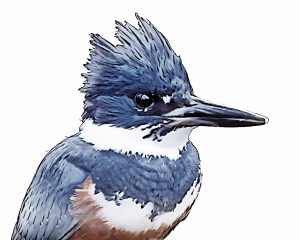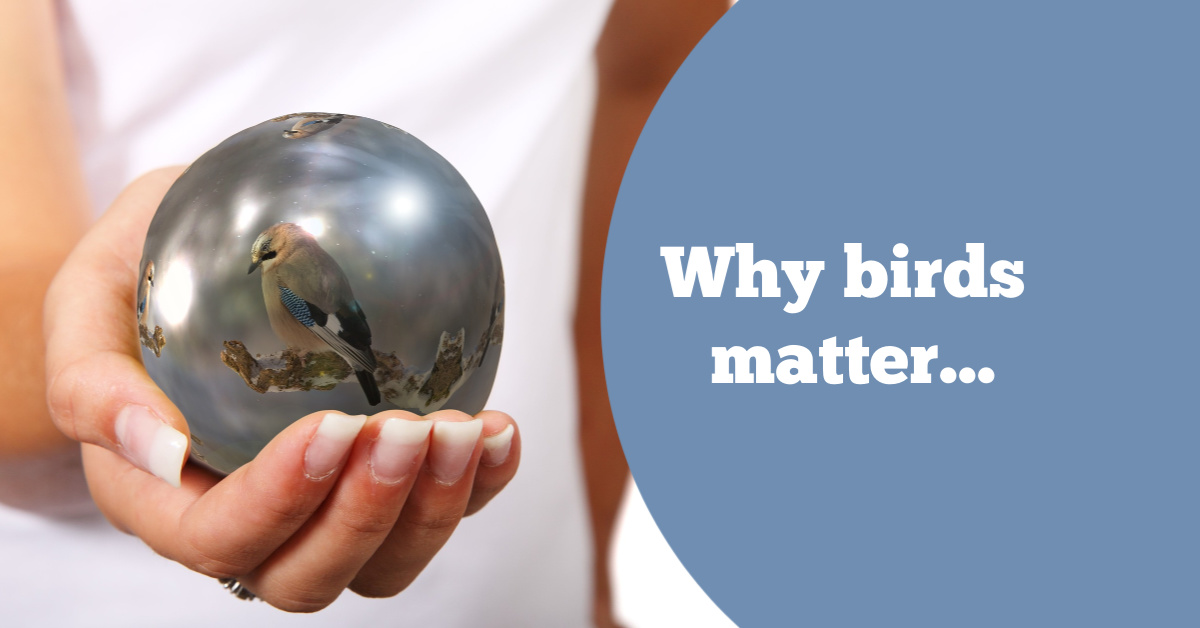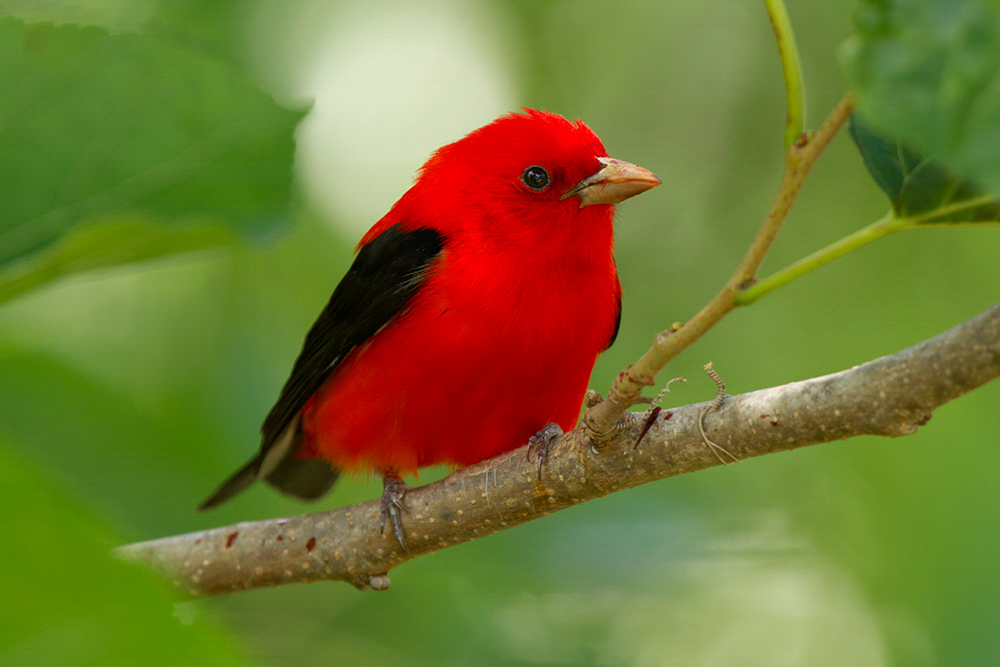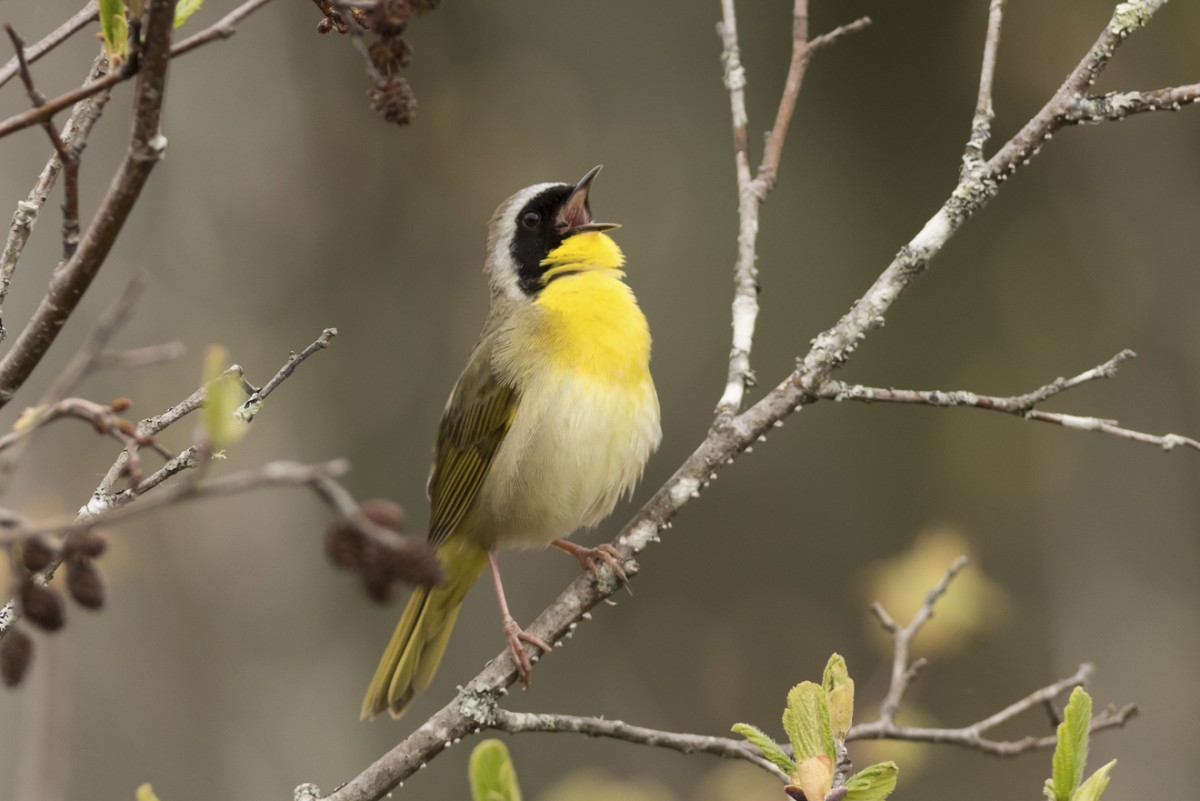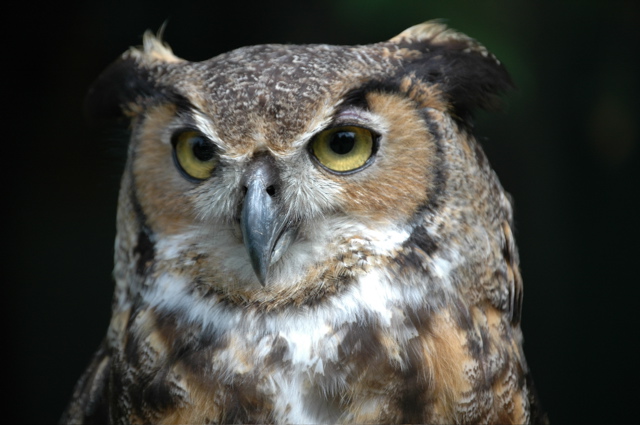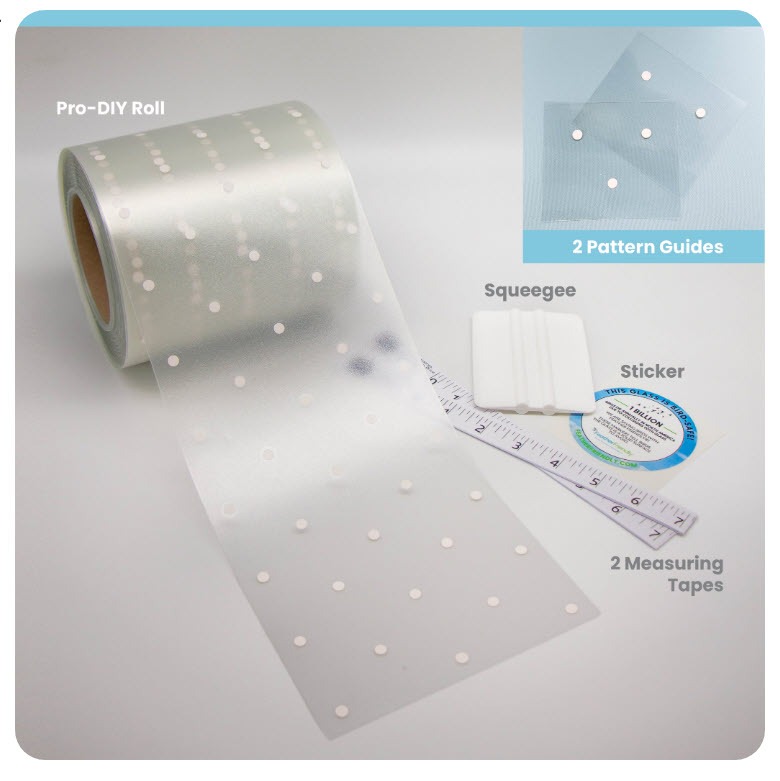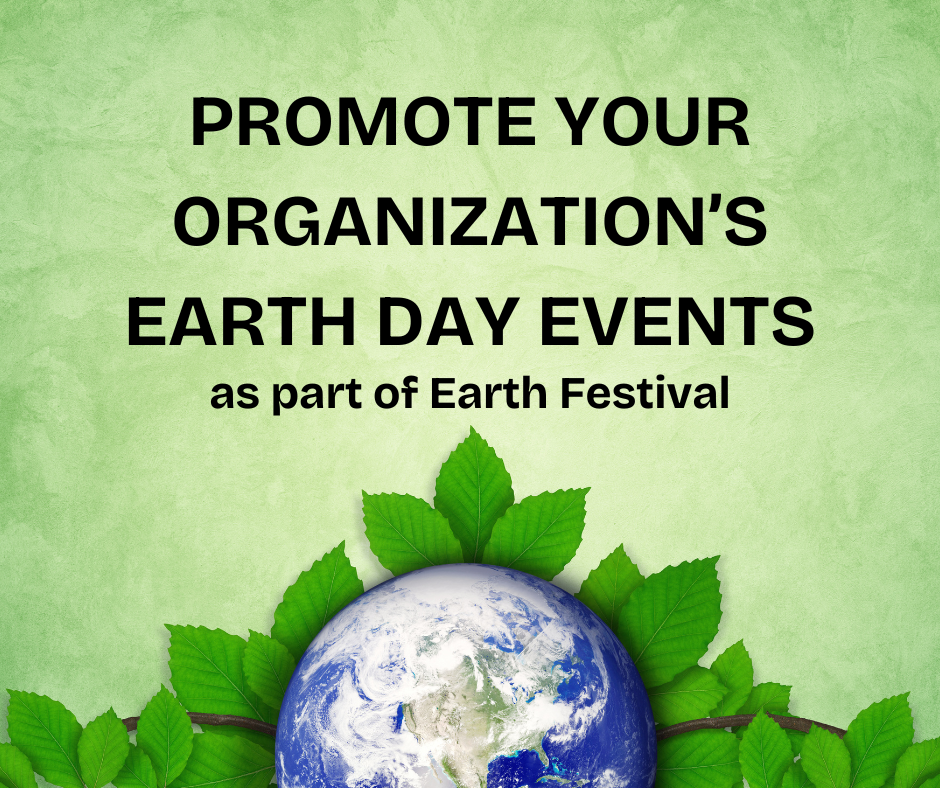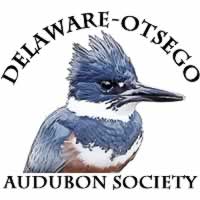Peg DiBenedetto represented DOAS at the 2016 Annual Conference of the Raptor Research Foundation in Cape May, New Jersey this past October. This conference celebrated the 50thanniversary of the Foundation with three days of continuous fast-paced “speed talks” and superb plenary talks by premier birders Dr. Ian Newton of England, Dr. Carol McIntyre of Alaska, and Dr. Yossi Lesham of Israel. Peg was pleased to talk with Tom Cade after his talk about Peregrines. Dr. Trish Miller and Mike Lanzone held a session on telemeters and applying them, providing many tips which DOAS will be able to use in replacing a transmitter on one of our golden eagles this winter. Peg reports that sessions dealt with topics from afar such as “Declining Populations of Snowy Owls in Alaska” and “Owl Occurrence in the Toluca Volcano of Mexico” but there were presentations on weather patterns at six New York regional hawk watches, by Gertrude Battaly, and Drew Panko talked about roost sites of Saw-Whets in Southeastern New York. Laurie Goodrich from Hawk Mountain spoke about raptor migration monitoring and highlighted the cooperation and information sharing, both nationally and internationally, which has resulted in fairly comprehensive understanding of the migration cycles for many species. She pleaded, however, for more spring counts to bolster the numbers on those counts.
Two of the recurring themes were climate change and lead poisoning. Americans tended to focus on the differences in characteristics of individual and state populations, whereas those from around the globe were concerned with complete migratory cycle challenges, and the effects of climate change and toxins on larger populations. An informative block of talks about lead contamination was conducted one afternoon, followed by a panel discussion. Researchers and veterinarians documented increased contamination in Deer, Condors, and Bald and Golden Eagles. Notably, Dr. Helene Van Doninck , a veterinarian from Nova Scotia, has implemented a ground-breaking information campaign, along with a non-lead ammunition and angling exchange program in the region of Atlantic Canada, with resounding success. What DOAS has begun with our own non-lead information effort is very similar to Dr. Van Doninck’s. The successful conversion from lead ammunition will take a coordinated strategy and collaboration with many agencies and organizations, and it is suggested that ammo exchanges could be a large part of the effort. Lastly, it was suggested that some organization needs to carry the lead reduction movement on a national level.
Our thanks to Peg for attending the conference and preparing a report for DOAS!
